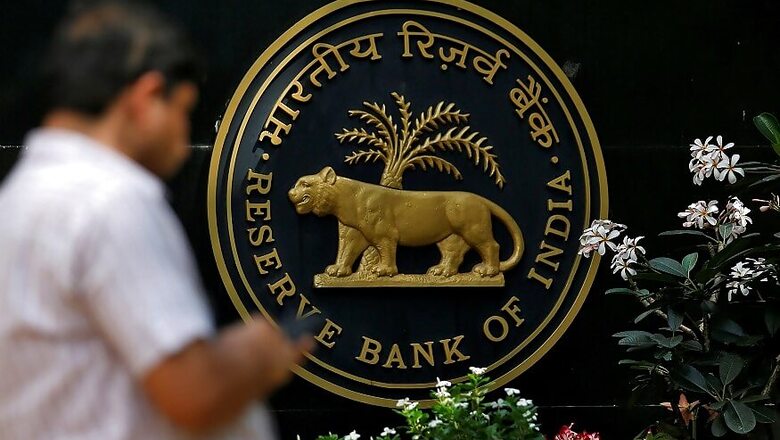
views
New Delhi: Just four hours before the televised announcement of demonetisation by Prime Minister Narendra Modi, the central board of Reserve Bank of India had approved the scheme, barring two key justifications — black money and counterfeit notes, reported The Indian Express.
The minutes of the 561st RBI’s central board meeting, which was called hurriedly around 5.30 pm on November 8, 2016, reveal that the move was described “commendable” but also warned that it will have a negative impact on the gross domestic product (GDP) of the current year, the report said.
The RBI directors, after receiving a proposal from the finance ministry on November 7, 2016 argued that the Centre’s reasoning on the withdrawal of high denomination currency notes of Rs 1,000 and Rs 500 would help curb black money and restrict the circulation of counterfeit cash, did not hold good.
Countering the ministry’s argument, the central bank said that most of the black money is held in the form of real estate assets, gold etc. and not in the form of cash, and a move like this would not have any material impact on those assets, the report added.
Though the RBI board predicted the decision could have "a short-term negative effect on the GDP for the current year", it also termed the overall move as "commendable". The RBI board also recorded in the minutes of the meeting that the government's linking of the country's growth with the currency in circulation was flawed because if the rate of inflation was taken into account, the "difference may not be stark".
The RBI board had said the if the note ban was initiated, tourists visiting the country would face problems due to the cash crunch at places like railway stations or airports, and while commuting through taxis or buses. RBI governor Urjit Patel had signed the minutes of meetings over a month later on December 15, 2016. The RBI governor had also recorded in the meeting that the initiative would help in the "process of financial inclusion", which will provide a boost to India's push for "electronic means of payment..."
In its concluding remarks, the RBI board had said that "the Board was assured that the Government will take mitigating measures to contain the use of cash..."
A similar tone was set by Finance Minister Arun Jaitley in his blog on Thursday. He said the motive behind banning old Rs 500 and Rs 1,000 currency notes was to formalise the economy and not confiscate cash.
“An ill-informed criticism of the demonetisation is that almost the entire cash money got deposited in the banks. Confiscation of currency was not an objective of demonetisation. Getting it into the formal economy and making the holders pay tax was the broader objective,” wrote Jaitley.
As many as 99.3 percent of the old Rs 500 and 1,000 notes, that were banned overnight in November 2016, were returned, the Reserve Bank of India (RBI) had said in its latest annual report. Of the Rs 15.41 lakh crore worth of Rs 500 and Rs 1,000 notes in circulation before November 8, 2016, notes worth Rs 15.31 lakh crore were returned.
















Comments
0 comment